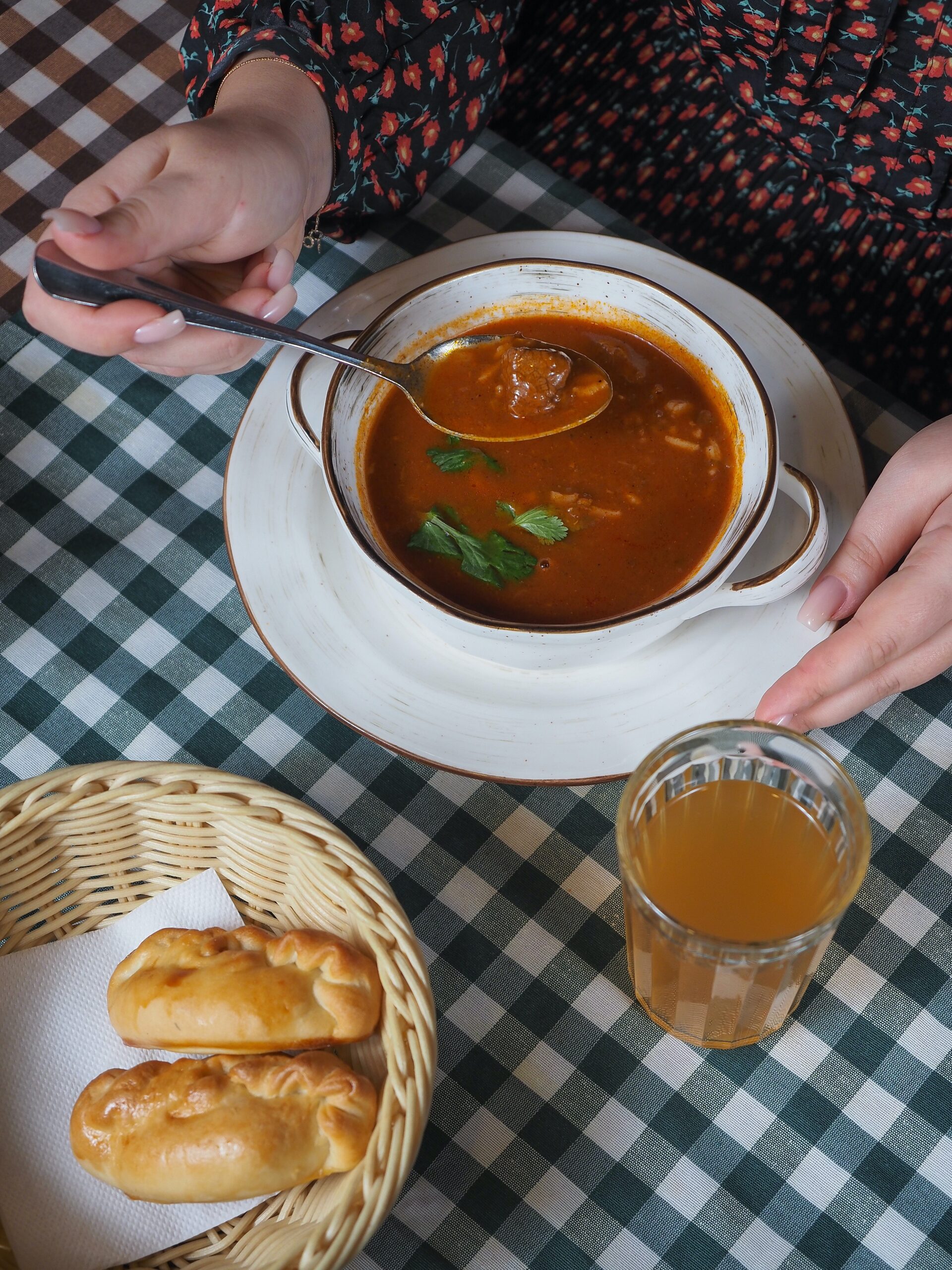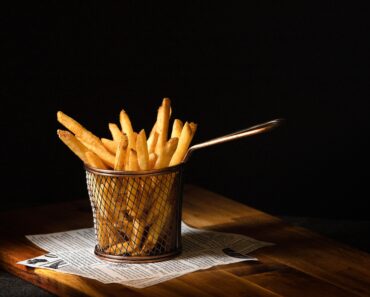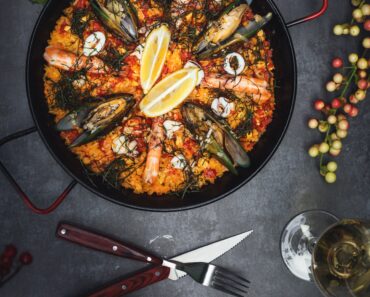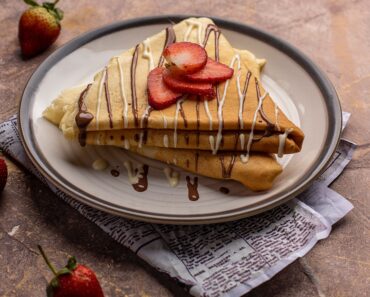Moroccan (Harira) soup
Every country around the globe boasts its own distinctive dishes, which reflect the rich cultural heritage and history of its people. In Morocco, one such dish that stands as a cornerstone of the nation’s culinary identity is the iconic *harira* soup. This dish holds a special place in Moroccan cuisine and is regarded as an essential meal in the Kingdom of Morocco. It is particularly renowned for being a staple during the holy month of Ramadan, where it is frequently served to break the fast due to its fulfilling and nourishing qualities.
Harira is a beloved and hearty soup, celebrated not only for its delicious taste but also for its exceptional nutritional value. The soup is a well-balanced meal, brimming with a variety of vegetables, meats, and oils, which together offer numerous health benefits. It is often seen as a complete, appetizing dish that provides a burst of energy and sustenance, making it the perfect choice for those fasting during Ramadan. As reported by *Delicious Foods*, a typical serving of harira contains approximately 420 calories, making it both nutritious and satisfying.
In this article, we will explore the key ingredients that make up this beloved Moroccan soup, as well as the method of preparation that brings this traditional dish to life. Join us as we delve into the heart of Moroccan cuisine and uncover the secrets behind crafting this flavorful and culturally significant meal.

ingredients
- 4 liters of water
- 125 grams of lentils
- 125 grams of white flour, mixed with water in a glass, blended using an electric mixer
- 150 grams of chickpeas (soaked for 12 hours and husked)
- 125 grams of thin vermicelli
- 250 grams of veal or lamb, cut into small cubes
- 500 grams of tomatoes, blended
- Half a glass of chopped fresh cilantro
- Half a glass of chopped fresh parsley
- ¼ cup of olive oil
- Half a glass of chopped celery
- 4 tablespoons of canned tomato paste
- ½ teaspoon of cinnamon
- 1 teaspoon of turmeric (referred to as “obesity” in some regions)
- 1 teaspoon of ground ginger
- 1 small spoonful of black pepper
- 1 ½ tablespoons of salt (optional, to taste)
Preparation :
-
Prepare the Pressure Cooker:
- Begin by heating a large pressure cooker on medium heat. Add the olive oil and allow it to warm up.
-
Sauté the Base Ingredients:
- Once the olive oil is heated, add the onions, ginger, meat (veal or lamb), parsley, salt, coriander, black pepper, cinnamon, and celery to the pressure cooker.
- Stir the ingredients continuously for about 5 minutes, allowing the meat to brown slightly and the flavors to meld together.
-
Add the Tomatoes and Legumes:
- Next, pour in the blended tomatoes (blended in an electric mixer), followed by the soaked chickpeas, ghee, lentils, and tomato paste.
- Stir everything together to ensure an even distribution of all the ingredients.
-
Add Water and Pressure Cook:
- Add the 4 liters of water to the pot and stir the mixture gently.
- Seal the pressure cooker tightly and cook on high pressure for about one hour. This step allows the meat to become tender and the flavors to meld beautifully.
-
Simmer the Soup:
- After an hour, remove the pressure cooker from the heat and carefully open the lid.
- Place the pot back on the heat, but this time reduce the heat to low.
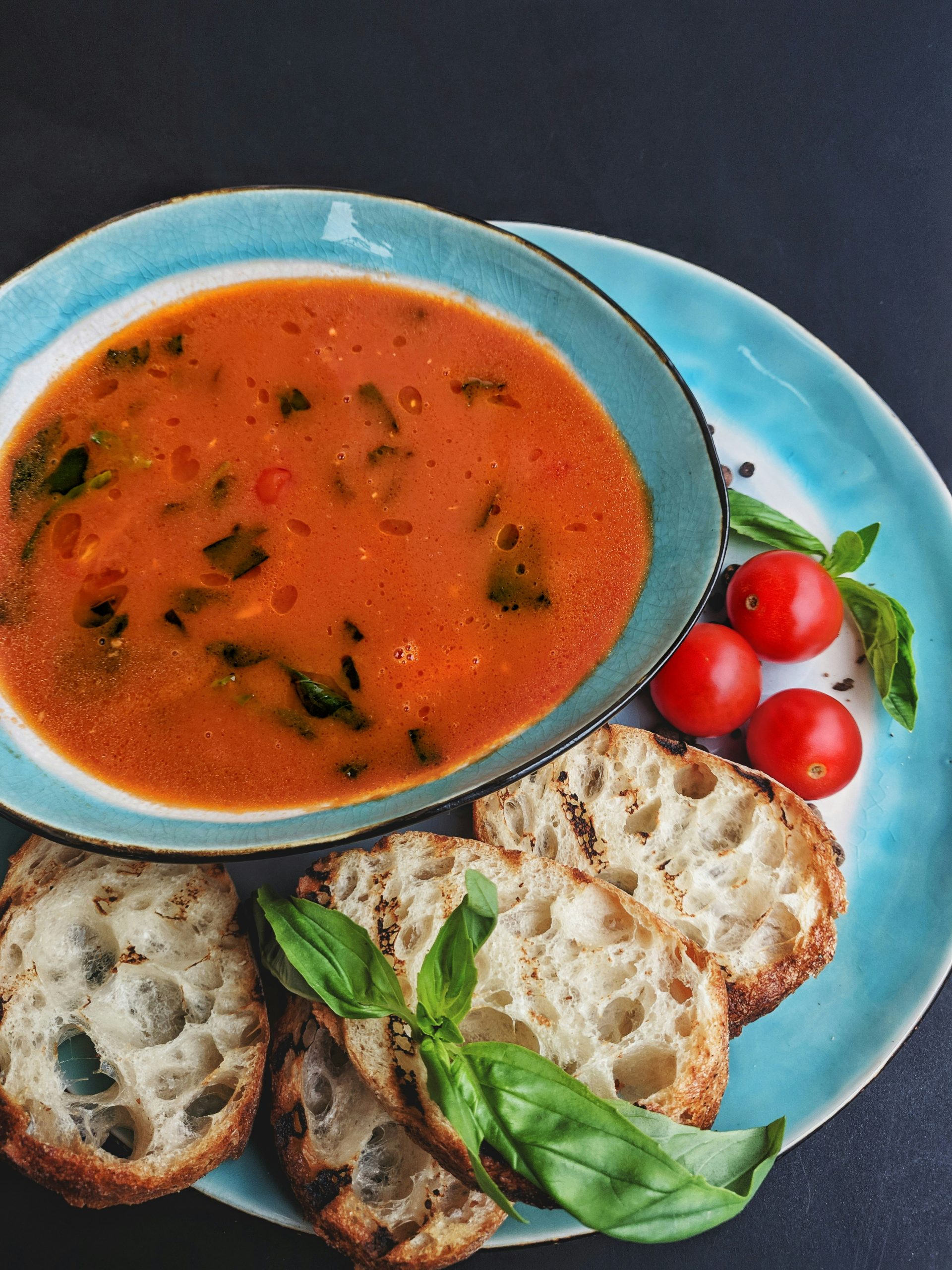
-
Incorporate the Flour and Vermicelli:
- In a separate bowl, mix the white flour with water using an electric mixer to create a smooth paste. Slowly add this mixture to the soup while stirring to prevent lumps.
- Add the thin vermicelli noodles and stir the soup well to combine all the ingredients.
-
Simmer and Stir:
- Let the soup simmer on low heat for another 30 minutes, stirring continuously every minute to ensure the flour and vermicelli don’t stick to the bottom and to maintain an even consistency.
-
Final Touches:
- After 30 minutes, remove the pot from the heat. The soup should now have a rich, velvety texture, with the meat, legumes, and noodles perfectly cooked.
-
Serve:
- Ladle the hot harira into a large serving bowl and enjoy this delicious, aromatic Moroccan dish. It’s perfect for family gatherings or to break your fast during Ramadan.

